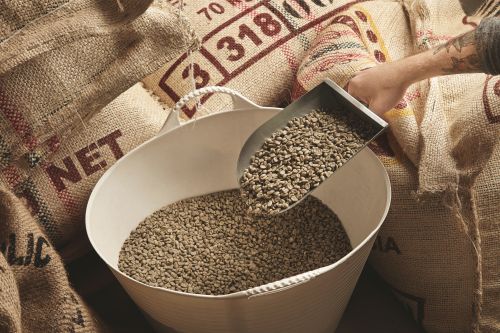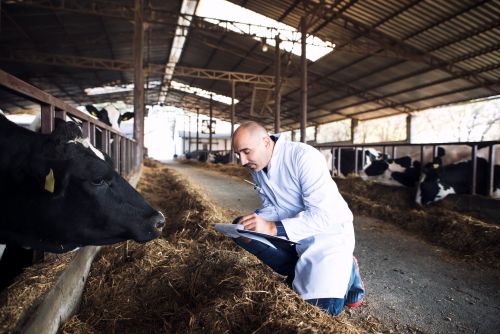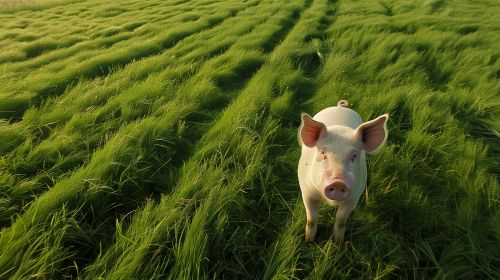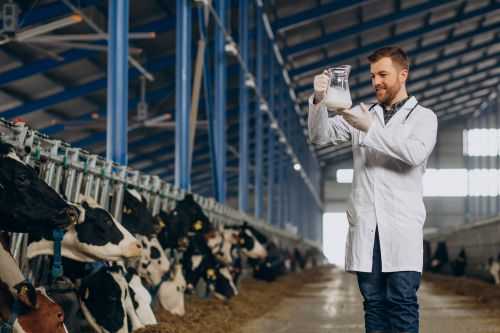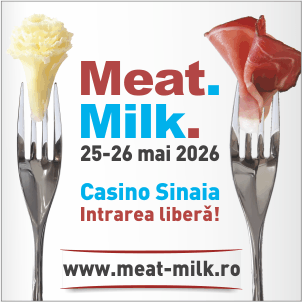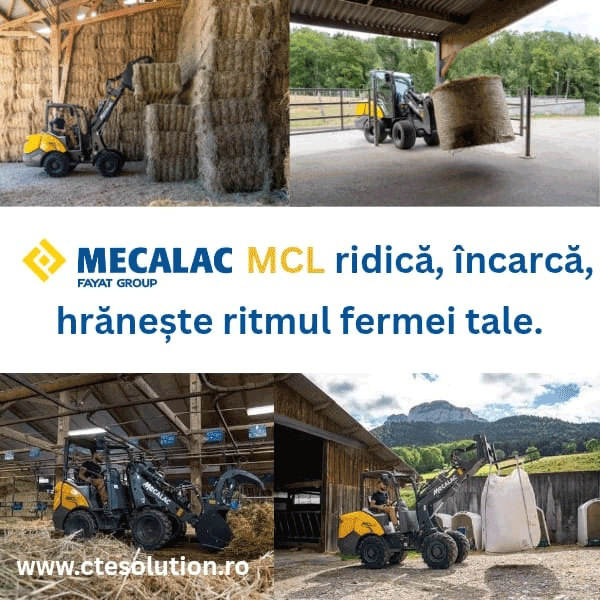585
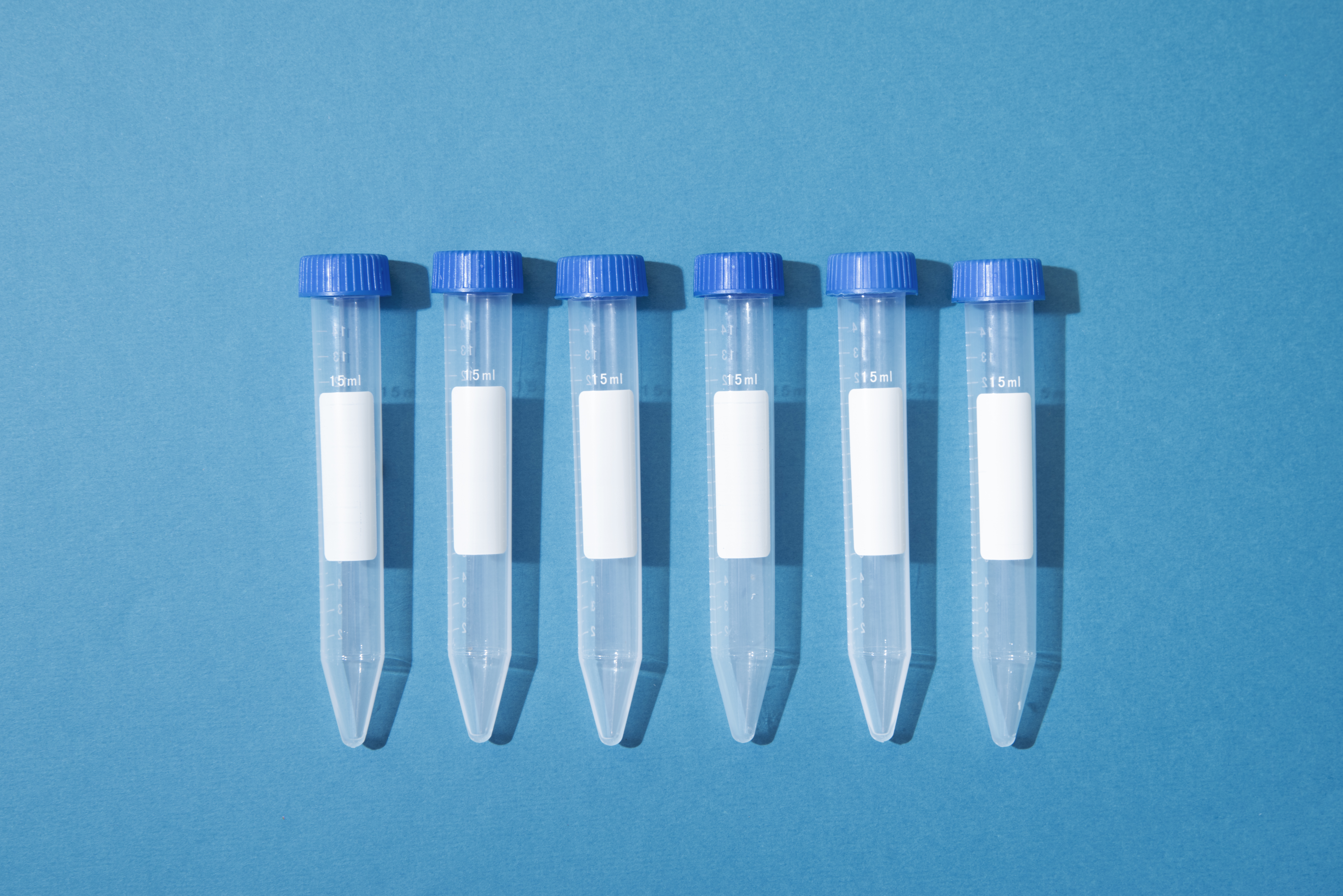
Within elite farms and breeding centers, the collection and preservation of semen represent fundamental activities for reproduction control, genetic improvement, and livestock security. These operations require dedicated facilities, specialized equipment, and qualified personnel, being subject to strict regulations from ANZ (National Agency for Animal Husbandry) and ANSVSA (National Sanitary Veterinary and Food Safety Authority). In parallel, the development of genomic centers and in-house laboratories in high-performing farms offers a significant competitive advantage, enabling quick and optimized decision-making in selection programs.
Semen collection
Collection is performed exclusively in controlled spaces, called collection pens or authorized collection stations, with clearly defined sanitary-veterinary protocols. These areas include:
- Mounting stands (for cattle, equines) or platforms for collection with artificial vagina (swine, sheep);
- Restraint and calming systems for the donor animal;
- Trained personnel for non-invasive stimulation and collection;
- Ambient temperature and hygiene control;
- A separate room for semen handling.
According to European standards (ISO and ICAR), the collection must comply with sterile conditions and maintain constant temperature and humidity to avoid contamination or quality degradation.
Semen preservation and processing
After collection, the semen is immediately transported to a dedicated space for dilution, filtration, and cryopreservation. This facility includes:
- Automatic centrifuges and refrigerators for controlled cooling;
- Dilution equipment using special nutrient media;
- Microscopes for evaluating morphology and motility;
- Liquid nitrogen freezers (–196 °C) for long-term preservation;
- Labeled storage containers with QR codes and UELN identifiers.
To ensure traceability, all frozen straws are digitally recorded and linked to the donor's pedigree, production batch, and quality record.
In-house laboratories vs. external genomic centers
Elite farms or breeding units may choose between:
- In-house laboratories – integrated within the farm:
- Reduced time between collection and analysis;
- Full control of genetic and sanitary parameters;
- Real-time selection of valuable breeders;
- Lower costs compared to frequent outsourcing.
- Partner genomic centers:
- Access to advanced sequencing technologies (SNP, genomic markers);
- Complex genetic evaluation (TPI, NVI, ISU indices, etc.);
- International accreditation for export and validation of genetic value;
- Possibility of integration into international databases (Interbull, EuroGenomics).
Both solutions can be integrated into official breeding programs approved by ANZ and may benefit from European funding (DR-20, DR-22, animal welfare sub-measure).
Conclusion
Infrastructure for semen collection and preservation is an essential component of any modern farm aiming to participate in genetic improvement, assisted reproduction, or trade in biological material. Specialized equipment, combined with integration into genomic networks or the development of in-house laboratories, provides not only biological security but also long-term economic advantages in a competitive, science-driven livestock sector.
(Photo: Freepik)
